Plastic materials play a significant role in various industries, offering versatility and durability. When it comes to choosing the right type of plastic, two popular options are PE (Polyethylene) and nylon (Polyamide). Each material has unique characteristics, advantages, and disadvantages, making the selection process crucial. In this article, we will explore the properties and compare PE vs nylon differences, then help you determine which one suits your needs.
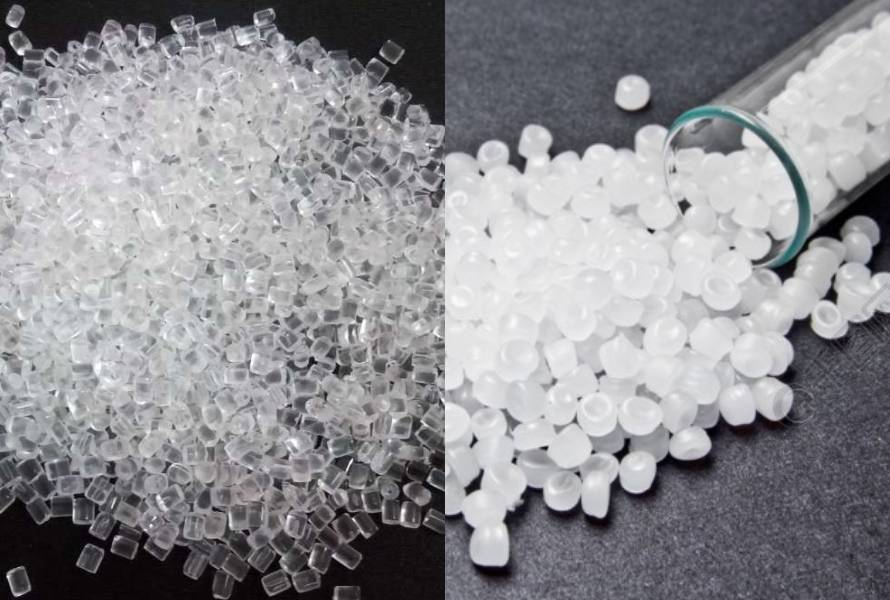
PE vs Nylon
1. What is PE?
PE plastic refers to polyethylene plastic, a versatile thermoplastic polymer made from the monomer ethylene. It is one of the most widely used types of plastic due to its excellent flexibility, durability, chemical resistance, and low cost.
PE plastic can be classified into different grades based on its density. The two most common types are high-density polyethylene (HDPE) and low-density polyethylene (LDPE). HDPE has a higher density and is more rigid, while LDPE has a lower density and is more flexible.
PE plastic is used in many applications, including packaging materials such as plastic bags, films, and bottles. It is also used in various industries for manufacturing pipes, containers, toys, automotive parts, and household products. Additionally, PE plastic is recyclable, making it an environmentally friendly choice for many applications.

PE plastic is a versatile polymer made from the monomer ethylene
2. Advantages & Disadvantages of using PE
PE offers several advantages, making it a popular choice in many industries. Some of the key benefits of PE include:Versatility: PE can be easily molded into different shapes and sizes, making it suitable for a wide range of applications.
- Chemical resistance: It exhibits excellent resistance to chemicals, acids, and bases, making it suitable for storage containers and chemical processing equipment.
- Impact resistance: PE is highly resistant to impact, making it ideal for durable and tough products.
- Waterproof: PE has low water absorption properties, making it an excellent choice for outdoor applications or products exposed to moisture.
- Electrical insulation: PE has good electrical insulation properties, making it suitable for cable and electrical components.

PE offers several advantages in the manufacturing industry
Despite its many advantages, PE also has some limitations:
- Temperature sensitivity: PE has a low melting point, limiting its use in high-temperature applications.
- UV degradation: PE is susceptible to degradation from prolonged exposure to ultraviolet (UV) radiation, leading to reduced strength and brittleness over time.
- Strength: It also has lower tensile strength and stiffness, which may not be suitable for certain load-bearing applications.
3. What is nylon?
Nylon is a synthetic polymer that belongs to a class of materials called polyamides. It is a versatile thermoplastic material known for its high strength, durability, and resistance to wear and tear. Nylon was first developed by a team of chemists led by Wallace Carothers at DuPont in the 1930s.
The properties of nylon can be tailored to meet specific requirements by adjusting the manufacturing process. It can be made into different forms, such as fibers, sheets, films, and molded parts, making it suitable for a wide range of applications.
Nylon is commonly used in the textile industry to produce fabrics and fibers for clothing, upholstery, and carpets. It is also utilized in the production of various industrial materials, including ropes, threads, fishing nets, tire cords, and mechanical parts. Additionally, nylon is used in the manufacture of electrical connectors, gears, bearings, and other engineering components.
Read more: What is nylon? All about its properties and common uses
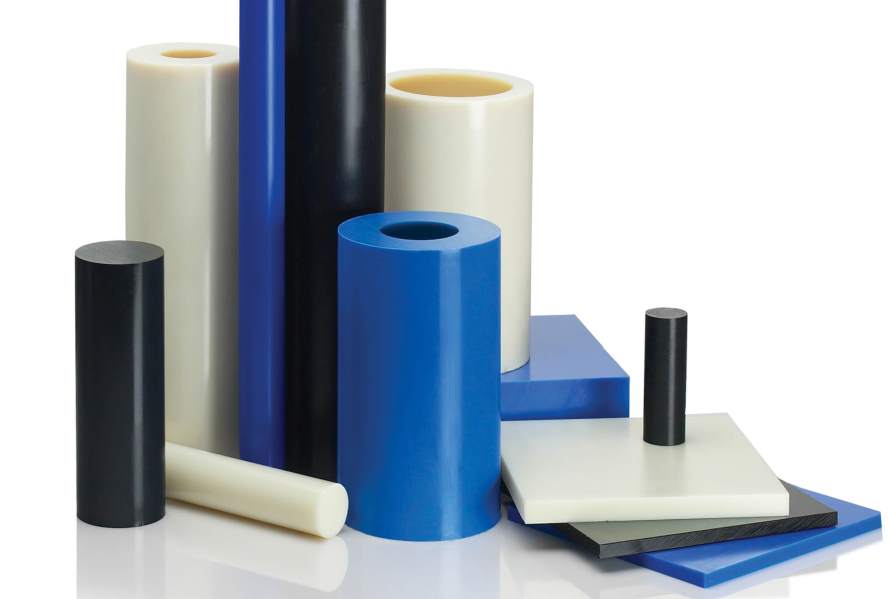
Nylon is a synthetic polymer that belongs to a class of materials called polyamides
4. Advantages & Disadvantages of using nylon
Here are some benefits that nylon offers:
- Strength and durability: Nylon possesses high tensile strength and excellent resistance to wear, making it suitable for products requiring toughness.
- Chemical resistance: It exhibits good resistance to chemicals, oils, and solvents, making it useful in chemical processing applications.
- Low friction coefficient: Nylon has a low coefficient of friction, reducing wear and making it suitable for moving parts.
- Heat resistance: Nylon has a higher melting point than PE, enabling its use in high-temperature applications.
Alongside its advantages, nylon also has certain limitations:
- Moisture absorption: Nylon has a high affinity for moisture absorption, which can affect its mechanical properties. It is important to consider this factor in humid environments.
- UV degradation: Similar to PE, nylon is prone to UV degradation. UV exposure can lead to discoloration, reduced strength, and brittleness.
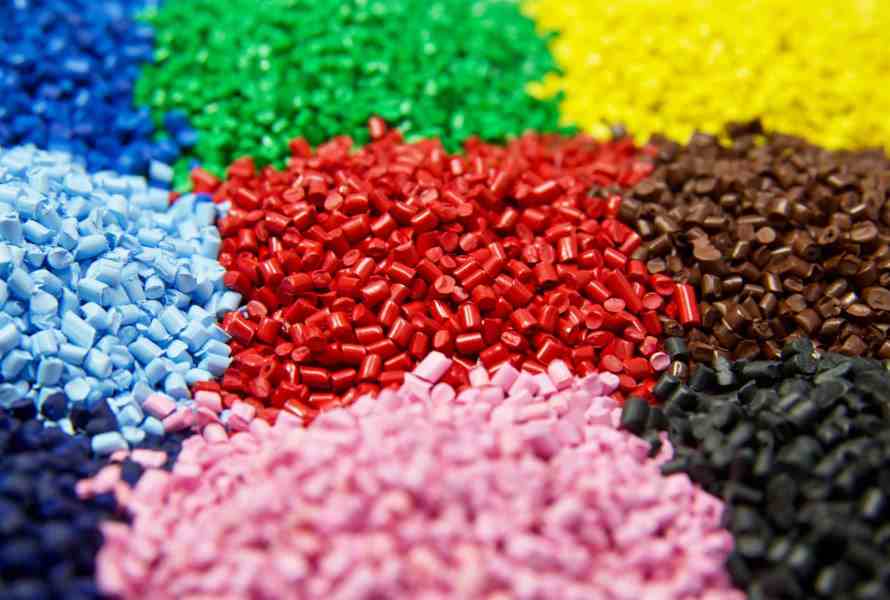
Nylon has high tensile strength, low coefficient of friction, and good chemical and heat resistance.
5. PE vs Nylon - Differences
Generally, the biggest differences between PE vs Nylon is that PE is a common thermoplastic that is used for general applications such as blow-molded films and other everyday items. Nylon, on the other hand, is an engineering plastic that possesses excellent mechanical properties and is suitable for applications that require high strength and durability, such as machine components, automotive parts, and motorcycle parts.
PE vs nylon differ significantly in terms of their physical and mechanical properties. PE is known for its flexibility, chemical resistance, and low friction, while nylon exhibits exceptional strength, toughness, and wear resistance.
PE has a lower melting point, making it less suitable for high-temperature applications compared to nylon, which can withstand higher temperatures. PE is also more resistant to moisture absorption than nylon. Additionally, PE has a lower cost compared to nylon, making it more economically viable for certain projects.
To understand the differences between PE vs Nylon, let's compare their key properties:
| Property |
PE |
Nylon |
Chemical Resistance
|
Excellent |
Good |
Strength
|
Good |
Excellent |
Stiffness
|
Low |
High |
Moisture Absorption
|
Low |
High |
Heat Resistance
|
Low |
Good |
| Cost |
Low |
High |
Based on these differences, the choice between PE and Nylon depends on the specific requirements of your application.
6. PE vs Nylon - Which one is better?
The decision to choose between PE vs Nylon ultimately depends on the specific needs of your project. Consider the following factors when making your decision:
- Application requirements: Assess your application's mechanical, chemical, and environmental demands to determine which material's properties align better with your needs.
- Cost considerations: Consider your project's budget constraints, as nylon is generally more expensive than PE.
- Availability: Evaluate the availability and accessibility of both materials in your region.
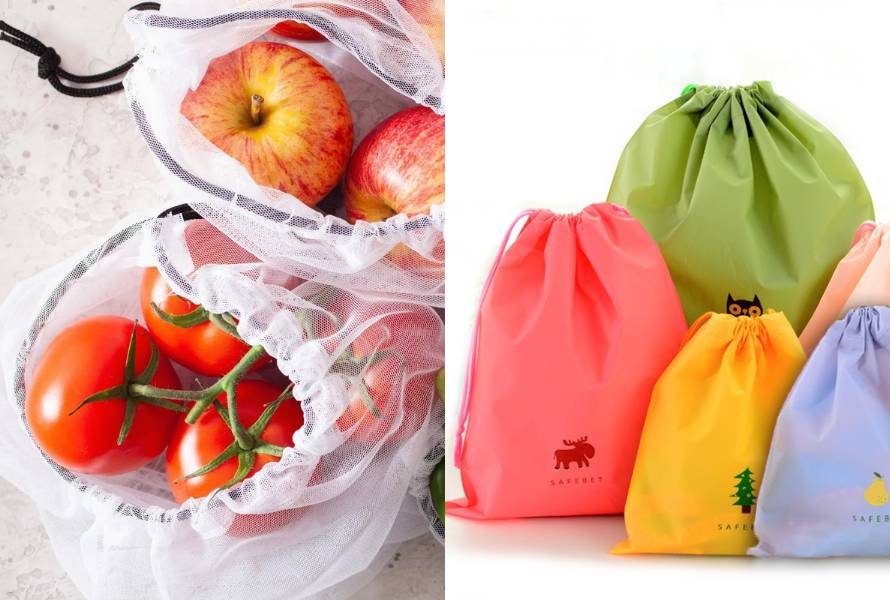
The decision to choose between PE vs Nylon depends on the specific needs
PE is a suitable option if you require a material with excellent chemical resistance, low friction, and good moisture resistance. On the other hand, if you need a material with high strength, toughness, and abrasion resistance, nylon would be a better choice. Consider factors such as temperature, load-bearing capacity, cost, and environmental conditions to make an informed decision.
There is no one-size-fits-all answer when choosing between PE vs Nylon. It is essential to analyze your project's requirements and consult with experts to make an informed decision.
7. EuroPlas - a world's leading plastic masterbatch manufacturer
When it comes to plastic masterbatch manufacturing, EuroPlas stands as a global leader. With a commitment to innovation and quality, EuroPlas offers a wide range of masterbatch solutions for the plastic industry.
Our expertise and cutting-edge technologies ensure that their products meet the highest standards., EuroPlas provides a wide range of plastic masterbatches so you can find the solutions to enhance the performance and aesthetics of your plastic products.
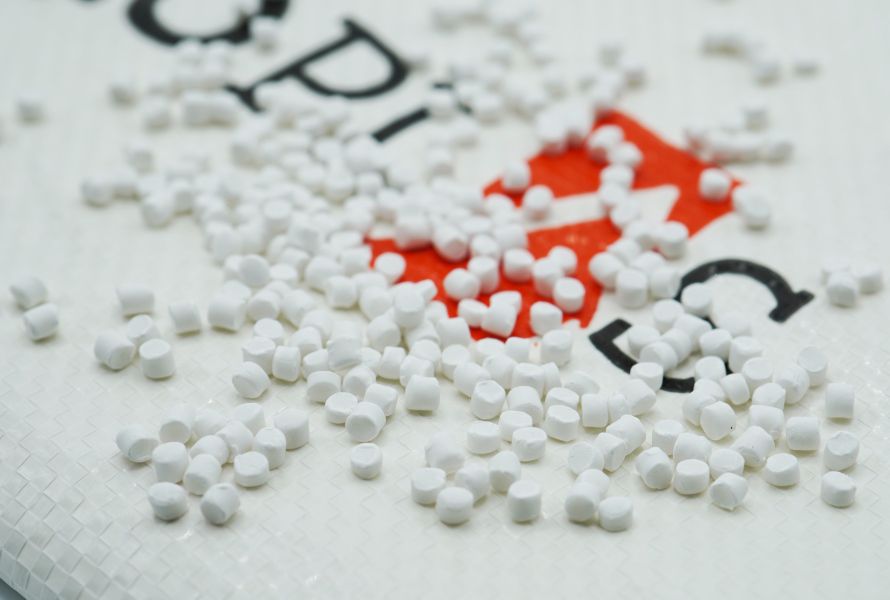
EuroPlas stands as a global leader in manufacturing plastic masterbatch
Let's take a closer look at Europlas products:
- Bioplastic compound: A sustainable solution that combines bio-based materials and bioplastics, providing excellent mechanical properties while reducing environmental impact.
- Color masterbatch: High-quality color additives that enhance the aesthetics of plastic products, offering a wide range of vibrant and consistent colors for various applications.
- Engineering plastic compound: Advanced materials designed with exceptional strength, heat resistance, and dimensional stability to meet diverse engineering requirements.
- Filler masterbatch: A blend of CaCO3, polymer resin, and high-quality additives is used to reduce the cost of the final products.
- Bio filler: Eco-friendly fillers made from renewable resources enhance the performance of plastics while reducing their carbon footprint.
- Plastic additives: Specialized additives that enhance the processing and performance characteristics of plastic materials, including impact modifiers, UV stabilizers, anti-static agents, and more, providing tailored solutions for specific needs.
EuroPlas plays a vital role in the plastic industry as a leading masterbatch manufacturer with a focus on innovation, quality, and sustainability. By delivering high-performance products and maintaining strong customer relationships, Europlas remains dedicated to driving the progress and advancement of the plastic manufacturing sector globally.
Contact us and discover the perfect materials that align with your product requirements.
FAQs
Q1: Which one is better for outdoor applications, PE or Nylon?
A1: Both PE and Nylon have good resistance to outdoor conditions, but Nylon is generally more durable and resistant to UV radiation. Therefore, Nylon is often preferred for outdoor applications that require high strength and longevity.
Q2: Which material is more cost-effective, PE or Nylon?
A2: PE is generally more cost-effective than nylon. It is a widely produced polymer with lower raw material costs, making it more economical for many applications.
Q3: Can PE and Nylon be recycled?
A3: Yes, both PE and Nylon can be recycled. PE can be recycled into various products, including new plastic items and plastic lumber. Nylon can be mechanically or chemically recycled to produce new Nylon products or used as a raw material in other industries.
Q4: Which material is more suitable for food packaging?
A4: PE is often preferred for food packaging due to its excellent chemical resistance and low potential for leaching harmful substances. It is widely used in food storage bags, cling wraps, and containers. However, certain types of Nylon can also be used for specific food packaging applications.
Q5: How do I choose between PE and Nylon for my specific application?
A5: When choosing between PE and Nylon, consider factors such as required strength, flexibility, chemical resistance, impact resistance, and durability. Assess the specific demands of your application and consult with experts or suppliers who can provide guidance based on your requirements.
Q6. Can Nylon replace PE in all applications?
A6: No, Nylon cannot replace PE in all applications. The choice between the two materials depends on the application's specific requirements, considering factors such as mechanical properties, chemical resistance, and cost.